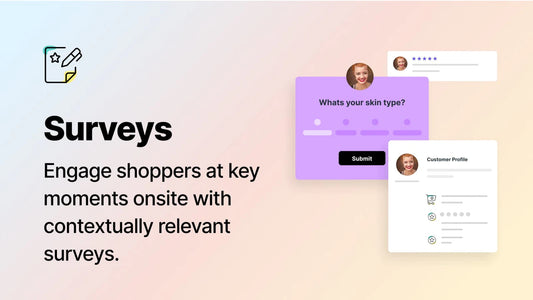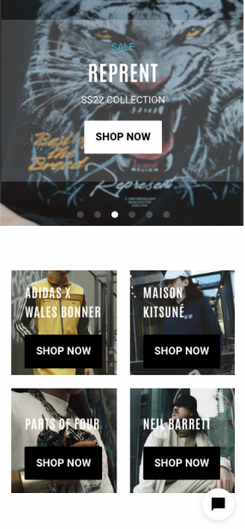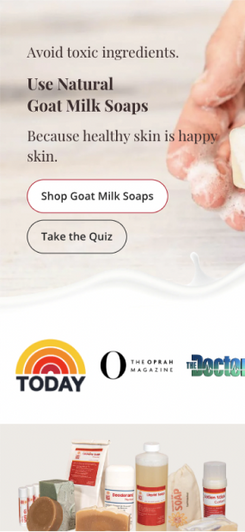The world going the way it is (technologically) means that it’s becoming easier and easier for people to create eCommerce stores. What does this mean? Competition. And whether you’re a newbie or one of the biggest in the biz, you should always be wondering about your competitors and how you can overtake them like you’re playing Need for Speed.
The truth is that understanding the drive behind your customer loyalty is crucial for the success of any business (old or new). And obviously, the leading indicator is repeat purchases. Customers returning to buy from you repeatedly means they’ve had a positive experience with your brand and aren’t afraid to use you again, leading to a higher Customer Lifetime Value (CLV).
But what exactly makes customers come back?
What is Toxic Product Analysis?
You'll do well to implement toxic product analysis to find out precisely what brings customers back. Toxic product analysis is the process of identifying products that have a negative impact on customer behaviour and removing them from your product lineup. You’ll be able to increase the overall quality of your product offerings, leading to higher customer satisfaction and loyalty.
Four Steps to Using Toxic Product Analysis
Here, we take a look at the steps you need to take to determine which of you products are hurting your business.
1. Look at CLV on a Product-by-Product Basis
By looking at Customer Lifetime Value (CLV) on a product-by-product basis, you’ll have an accurate picture of which products drive customer loyalty. When analysing CLV on a product-by-product basis, you’re looking at the value that each product contributes to the overall customer experience — much like calculating CLV is looking at the value each customer contributes to your business.
For example, if you have a product with a high CLV, customers are happy with the product and are more likely to make repeat purchases. However, if you have a product with a low CLV, customers aren’t satisfied, and they will be less likely to purchase from your brand again.
2. Identify Products with Low CLV
Once you’ve deciphered which of your products have what level of CLV, it’s time to start identifying products with low CLV. We know it’s hard. But this is the time to take bias out of it. Data doesn’t lie. While you may have to remove a product you love, these products negatively impact customer loyalty and will impact your business in the long run if it isn’t already.
3. Investigate the Root Cause
While you now know which products are costing you customers, it’s not enough information. You need to find out why these products are an issue. You could implement actions like gathering customer feedback through an NPS survey, analysing purchase data, and previewing product specifications and features.
Remember, the goal is to determine what is causing customers to be dissatisfied with your products, not try to sell them something else. So if you choose a route that leads you to reach out to customers, remember to keep the goal in mind.
4. Remove the Toxic Products from Your Product Lineup
After determining the root cause, you’ll need to remove these products from your product lineup. Again, it can be challenging. You may notice that certain products could simply be tweaked, but if they’ve left a bad taste in a customer’s mouth, it’s not likely their opinion will change.
By removing these products and pushing products with high CLV, you’ll be able to improve the overall quality of your product offerings, increase brand reputation, and increase customer satisfaction — leading to higher customer loyalty and repeat purchases. Who wouldn’t love to see so many numbers go up?
Toxic Product Analysis & its Impact on Purchase Frequency
Toxic product analysis can significantly impact purchase frequency — a metric important to your eCommerce business. When a business like yours identifies and removes toxic products from its product lineup, it can increase CLV.
Customers who have had a positive experience with a brand are not only more likely to become loyal customers and refer your brand, but they’re more likely to purchase again and again and again.
Naturally, it will boost your purchase frequency metric, as would pushing marketing on your high CLV products. By conducting a toxic analysis, you’ll be able to increase your overall brand image and metrics.
Blend & Toxic Product Analysis
In the end, understanding which products make your customers buy again and which products cause them never to return is crucial for the success of your business. Using a toxic product analysis and defining which products are feeding your business and which are starving will allow you to make the big decisions.
At Blend, we love making big decisions for our clients easy. If you want easy big decisions based on data instead of guesswork, get in touch with us today.








